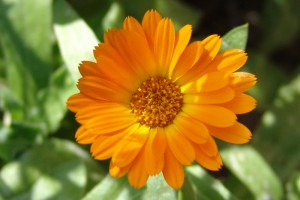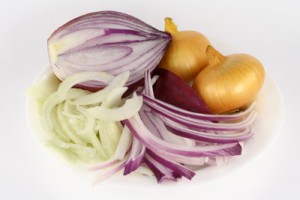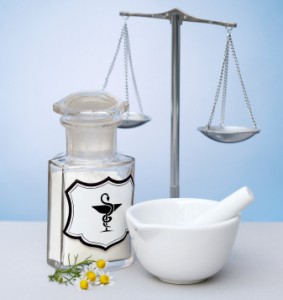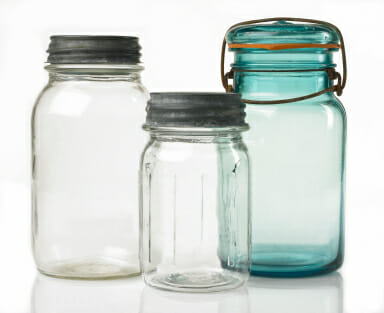1. Living in a tipi is pretty neat, but it's really nothing special. Though it may not be for everyone, everyone can do it. Imagine living in a single room without TV or internet, with a hole in the ceiling, and in a ghetto. But instead of people outside hustling all night, it's opossums and owls. Once you jump those hurdles, it's pretty much the same.
2. There will be spiders.
3. Shake your bedstuffs vigorously EVERY night before bed (see number 2).
4. Aside from your drinking water, I've found that you (and two dogs) can very easily live on one gallon of water per day. That includes brushing your teeth, doing a little dishes, a little water for cooking, and a quick shower. If you have smaller amounts of hair than the nest atop my head, or take fewer showers, you can live on much less.
5. Probably don't get a puppy as you're moving into the tipi (see Twig the Terrible). But a mature, sensible dog is an absolutely indispensable companion. They will combat loneliness, be your alarm, and may play homeland security later.

6. One tea light candle goes a long way. I've spent many an evening under the light of one tea light candle; reading, doodling, and just hanging out. Your eyes adjust surprisingly well when taken out from under artificial lighting.
7. Get to know your neighbors; the wildlife and the people. Know the difference between a raccoon sound and an Eastern screech owl sound. Know what snakes and spiders in your area are poisonous, and how do deal with them. Memorize the way to your nearest neighbor's place so well that you could get there at a flat run in the darkest dark.
8. You will become intuitive in your sleep. Where before you wouldn't rouse if a freight train derailed in your living room, you will jolt awake if you feel an insect (or arthropod!!) buzz across your foot. Lucky (or maybe not) for me, the horses graze next to my tipi all night. When they spook or snort, I hear it. Jeez louize, I can actually feel it! Last night Folly spooked an opossum away from the tipi (I know her hoofbeats in comparison with the other two horses). That was pretty sweet.
9. That being said, you will sleep very well. The diurnal beings we are, our bodies naturally want to go to sleep soon after dark and wake with the sun. If taken away from electronic distractions, that's just what it will do. I don't even have an alarm any more.

10. Depending on where you are located, a gun isn't a bad idea. At the very least, have pepper spray and a big knife.
11. You'll begin looking at the sky, and weather in general, in a totally different manner. You become more sensitive to the breeze, to clouds, and to pressure.
12. When you live without electricity, listening to music becomes a special treat. Homemade music is a priceless luxury, and it should always be that way.
13. If you do this or something like it on your own, you will get lonely. It's a force you're gonna have to deal with in your own way. Learning to just hang out with yourself is hard, but it's possible. I'm still figuring it out.
14. Living in a tipi sure as hell isn't the "simple life" everybody keeps talking about; either I'm doing it wrong or somebody started a rumor...!





 Marigold has been highly valued by herbal healers of centuries. In most herbal reference works it is called calendula, its Latin name, so the two names are interchangeable. However, for the purpose of this article, we’re strictly speaking in reference to the calendula variety of marigold, or what are also known as “pot marigolds.”
Marigold has been highly valued by herbal healers of centuries. In most herbal reference works it is called calendula, its Latin name, so the two names are interchangeable. However, for the purpose of this article, we’re strictly speaking in reference to the calendula variety of marigold, or what are also known as “pot marigolds.” Onions, a member of the allium family, are related to leeks shallots, garlic and scallions. Smelly though they are, they have been used for centuries for their remarkable healing properties. Asian cultures, Egyptians, Romans, and ancient Greeks revered onions. They believed these globes helped to fight infection, relieved indigestion, eased joint discomfort and many other ailments. From modern studies we know that onions have antibiotic and anti-inflammatory properties. It has also been found useful as a diuretic and as an effective expectorant (this would make it helpful for fighting coughs, colds and flu bugs).
Onions, a member of the allium family, are related to leeks shallots, garlic and scallions. Smelly though they are, they have been used for centuries for their remarkable healing properties. Asian cultures, Egyptians, Romans, and ancient Greeks revered onions. They believed these globes helped to fight infection, relieved indigestion, eased joint discomfort and many other ailments. From modern studies we know that onions have antibiotic and anti-inflammatory properties. It has also been found useful as a diuretic and as an effective expectorant (this would make it helpful for fighting coughs, colds and flu bugs). There are two plants that are known as chamomile—German Chamomile (which is the most popular) and Roman (or English) Chamomile. Though belonging to different species, they are used to treat the same conditions. Both have been used to treat frayed nerves, various digestive disorders, muscle spasms, mild infections, and a range of skin conditions.
There are two plants that are known as chamomile—German Chamomile (which is the most popular) and Roman (or English) Chamomile. Though belonging to different species, they are used to treat the same conditions. Both have been used to treat frayed nerves, various digestive disorders, muscle spasms, mild infections, and a range of skin conditions. Potatoes originated in the South American country of Peru. They were cultivated there by the Incas for over two thousand years before they were discovered by the Spanish conquistadors, who were exploring for gold and silver. Incan communities used potatoes for healing broken bones and relieving rheumatism and indigestion, and they were thought to be a major part of the Indians’ diet. When the conquistadors did not find the gold they were seeking, they starting shipping potatoes back to Spain in the 1530’s. However, potatoes were not trusted for food right away, as they are a part of a family of toxic plants called nightshades. In fact, some have commented that if potatoes were a modern find, they would be deemed unsafe for human consumption for this family relationship. It would take about 200 years for the potato to become a popular table item.
Potatoes originated in the South American country of Peru. They were cultivated there by the Incas for over two thousand years before they were discovered by the Spanish conquistadors, who were exploring for gold and silver. Incan communities used potatoes for healing broken bones and relieving rheumatism and indigestion, and they were thought to be a major part of the Indians’ diet. When the conquistadors did not find the gold they were seeking, they starting shipping potatoes back to Spain in the 1530’s. However, potatoes were not trusted for food right away, as they are a part of a family of toxic plants called nightshades. In fact, some have commented that if potatoes were a modern find, they would be deemed unsafe for human consumption for this family relationship. It would take about 200 years for the potato to become a popular table item.
I thought the common marigold (tagetes) and the calendula (pot marigold) were two different plants.
I know the common marigold – pictured in the article – can be used to deter aphids and other bugs when used as a companion plant. The pot marigold or calendula, which looks much more like a yellow/gold daisy is used medicinally for salves.
Are they the same? ThanksThank you for pointing that out. The wrong picture was featured and I apologize for any confusion for our readers. I have updated the article to reflect the calendula marigold.
Thanks for the interesting and helpful article!
I was going to point out the same thing Bellen did, but ten noticed that she beat me to it!
The photo shows a calendula, not a marigold, although some people do mistakenly refer to calendula as marigold. Marigold is a different plant/flower, which has a very distinct and somewhat unpleasant smell calendula doesn’t have.
Here is an article about marigold:
http://healthandbeautywoman.com/marigold-flower-beauty-and-health/
Your article now shows a calendula, but apart from mentioning that some people mistakenly refer to calendula as marigolds, all other references to marigold should in my opinion be deleted from your article.
The above article still states that Marigold and Calendula are the same thing but the comments above contradict that. Which one is true???
Calendula is a variety of marigold. Because this flower is referred to as marigold in herbal references, it’s easily confused with the garden variety of marigold we use for insect control. I have added a sentence in the first paragraph to underscore the fact that, for the purposes of this article, we’re speaking in reference to the calendula marigold, or pot marigold as it’s also referred to. How does one get the ointment from these flowers and how to made them for healing.
How does one get the ointment from these flowers and how to made them for healing.
Thank you for your help.
emmiej1939 – to extract the healing properties into a sauve you need a medium such as extra virgin olive oil. Heat about 2-4 cups of olive oil to 200 degrees (check with a candy themometer) in a stainless cooking pot and place the DRIED pot marigold HEADS in a cheese cloth ‘sache’. Sink the cheese cloth sache into the hot oil and check the temperature frequently to maintain the 200 degrees for 1 hour. At the end of an hour, turn the heat off and allow the oil to cool for about 20 minutes. Pull the sache out of the oil using tongs and press out the oil from the cheese cloth against the inside of the pot. place on a plate to discard later. To make the mixture into a sauve you will need to add beeswax. The recipe is approx 4 Tb beeswax to 1 cup oil. Stir melted wax into oil and pour mix into a low cut bin with a good cover and allow to cool. You will want to make sure the sauve cools completely before covering to keep condensation from forming. We use baby food jars but we also made a 3-C cream using Comfry, Calendula, and Chickweed mix (about 2 cups each). So you could use less oil/beeswax. The cream we used on a baby with diaper rash and the rash DISAPPEARED after the first application. Have fun!